Since 2021, seven of the 17 colleges at the University of Minnesota have been led by interim deans, underscoring the lengthy and complex process of hiring permanent deans.
The University has experienced greater administrative turnover in the last five to 10 years, according to Provost Rachel Croson. She said there is a certain amount of routine turnover, with deans leaving their positions periodically for different reasons. For example, a dean may leave their position to become a provost or president at another university.
In April 2023, John Coleman, former dean of the University’s College of Liberal Arts, left his position to become executive vice chancellor for academic affairs and provost at the University of Illinois Urbana-Champaign. Similarly, in March 2023, Garry Jenkins, former dean of the University’s Law School, left his position to become president of Bates College in Maine.
Croson said deans may also leave due to retirement. In January 2022, John Finnegan retired after serving as dean of the University’s School of Public Health for 17 years.
However, Croson said turnover has gotten a lot more “frothy” in the last five to 10 years, with the average length of tenure for leadership positions shortening.
Croson said this is a national trend the University is not immune to.
Timothy Beebe, who served as interim dean for the School of Public Health after Finnegan’s retirement, said given what is required of a dean as an internal leader and a voice for the college, it is a very difficult position to hold.
Croson said the full national search process for a permanent dean takes about a year, during which time an interim dean is named.
Interim deans are typically internal hires, Croson said. Interim deans may be interested in the permanent position, want to help the college or use it as a capstone to the conclusion of their careers.
Beebe said he chose to volunteer as interim dean out of love for the University and the School of Public Health. He said he was one of the few leaders within the school with extensive leadership experience who did not want the permanent position, making him a natural candidate.
“If you’re an interim and you want to become dean, while you’re the interim, you kind of feel like you’re interviewing the whole time, so you don’t want to piss anybody off,” Beebe said. “When I went into it, I said, ‘I’m not moving into the house. I’m flipping it.’”
Croson said different colleges have different philosophies about whether an interim dean should be considered for the permanent job. While some colleges may not want an interim dean in the pool of candidates for the permanent position, other colleges may see the interim position as a trial period.
“There’s kind of specific disciplinary differences about that,” Croson said.
Croson said she does not have strong preferences for internal or external hires in searching for a permanent dean, and she does not go into the search process with either in mind.
“There’s kind of a truism in this business that different units need different leaders at different times,” Croson said. “So sometimes you really need an internal candidate, right? You’ve had a lot of change, a lot of innovation and people just need to take a breath, and having someone who is familiar can be really good.”
Croson said when hiring someone in a permanent dean role, she looks for how they will work with their college, the president and provost, other deans and the community.
“I need people who are able to take off their ‘advocacy for my unit hat’ and put on their ‘University citizen’ hat and say, ‘Even though I know this might not be good for my particular college, this is the right thing for the University to do,’” Croson said.
Croson said many oncoming deans have experience in academia, but there are some disciplines for which non-academic practitioners are perfectly suitable. Whether a practitioner is appropriate for a given dean position is reliant upon feedback gathered during the search process.
Alternatively, candidates outside the University are hired because a given college could use a level shift, Croson said.
Beebe said the initial search for a permanent successor to Finnegan ultimately failed, which negatively impacted the School of Public Health. In the wake of this and a decline in rankings following the COVID-19 pandemic, the school wanted to hire a high-profile, world-class dean, so it turned to external hires.
Following a second search, Dean Melinda Pettigrew became Finnegan’s replacement in December 2023, bringing her leadership experience from the Yale School of Public Health, according to the School of Public Health website.
The search process
The search process to find a permanent dean begins with the formation of a search committee, with individuals nominated to the committee and selected by Croson and her staff.
Croson said these committees should be representative of the college, including faculty, staff, and students representing diverse socioeconomic, racial and gender backgrounds. This committee is usually chaired by another dean who will work closely with the permanent candidate.
The University often uses search consultants, professionals who conduct leadership searches for universities, Croson said. These consultants likely have greater accessibility to networks or contacts for more candidates than the University would on its own.
Together, Croson, her staff, the search committee and the search consultant create a position description using feedback gathered from a series of listening sessions where University community members can give input on what qualities they want in a leader.
“That position description is really important because it tells the potential candidates what they are going to be asked to do,” Croson said. “It also serves as a rubric for the committee in evaluating the candidate.”
The University then publishes the position description in various avenues, including field journals and social media to ensure a diverse pool of candidates, Croson said.
From there, the search enters its “quiet phase,” Croson said, in which those involved begin forming a list of candidates. This phase is usually six to eight weeks and is strictly confidential, ending with interviews between the search committee and 10 to 15 top candidates.
From those interviews, the search committee narrows the search down to its final candidates. Those candidates are invited to campus to give a public talk, meet with groups of students and faculty, tour the area and undergo a final interview process. Croson said this is a delicate phase because it requires finalists who might be holding jobs or are up for jobs at other institutions to go public with their decision.
Depending upon student and faculty feedback via survey, Croson said an offer to be permanent dean is then extended. Dean appointments need to go to the Board of Regents for approval following the candidate’s acceptance of the position.
GerShun Avilez was named dean of the College of Liberal Arts on July 19. Avilez was previously an English professor and associate dean for academic affairs in the College of Arts & Humanities at the University of Maryland, College Park. Ann Waltner served as interim dean for the college from July 2023 until the final decision.
“He will provide collaborative leadership to implement the strategic direction for CLA, with responsibility for advancing its mission and operations with an articulated vision for the future of liberal arts for the 21st-century public research institution through personnel and management decisions, retention and enhancement of faculty and staff talent,” Croson said in an email announcement to the University.




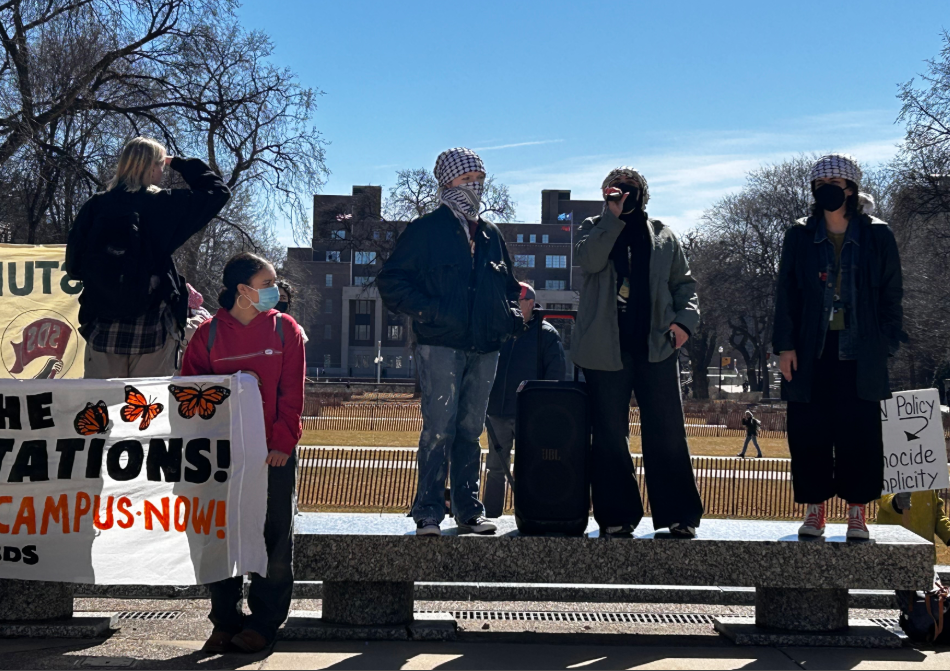

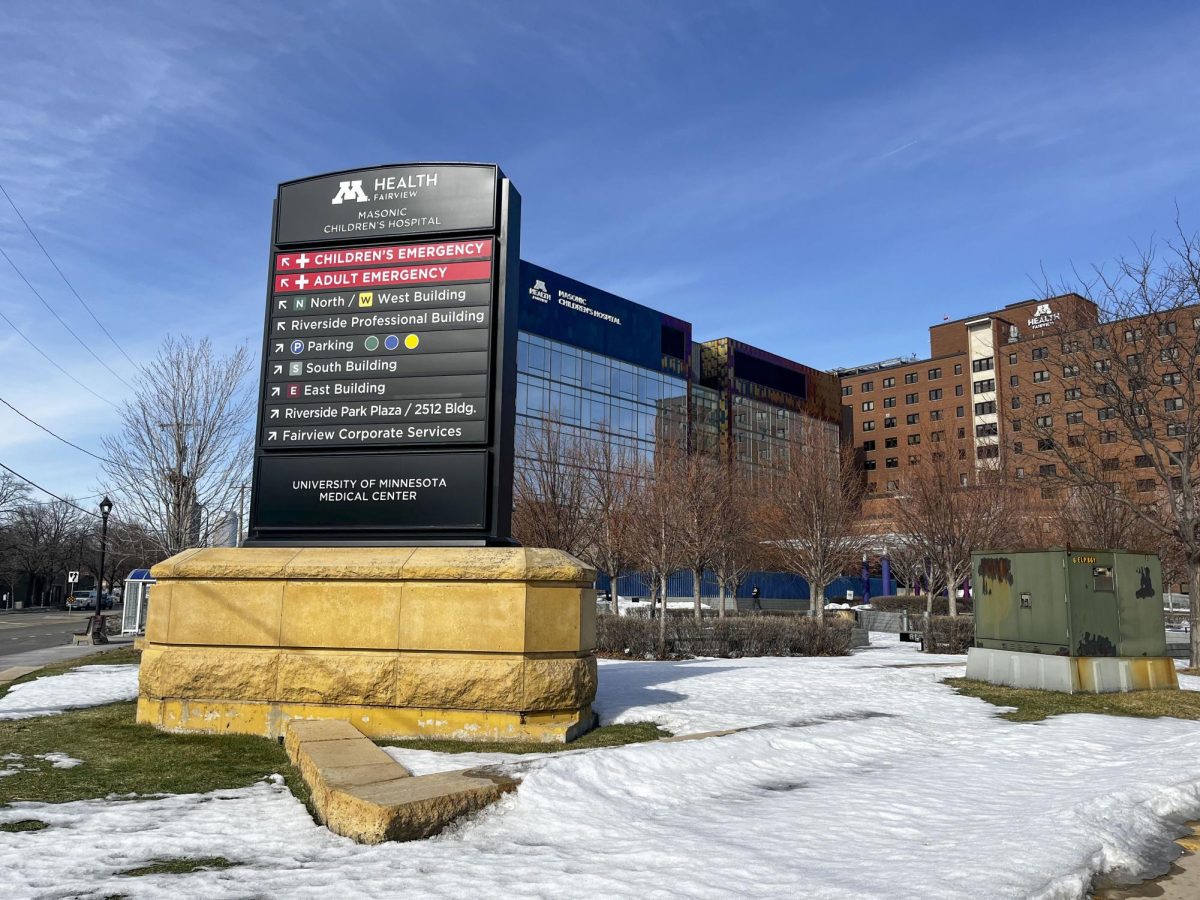
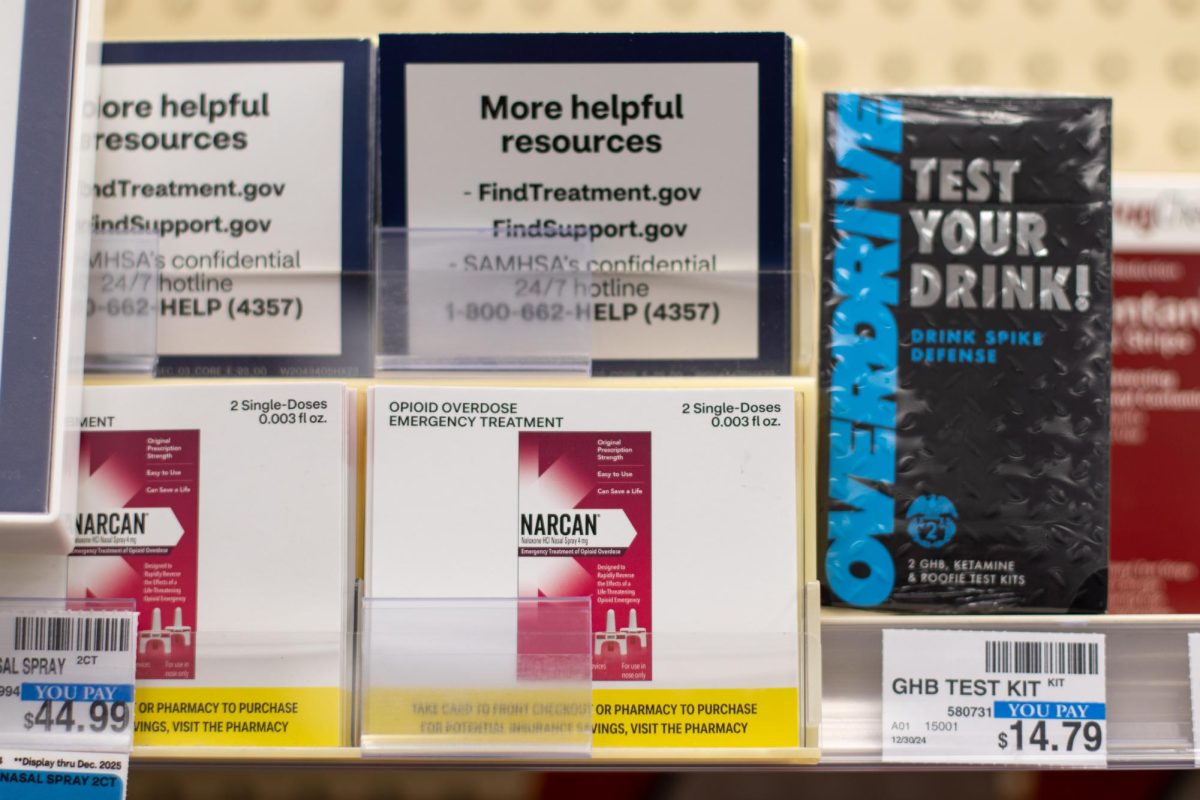
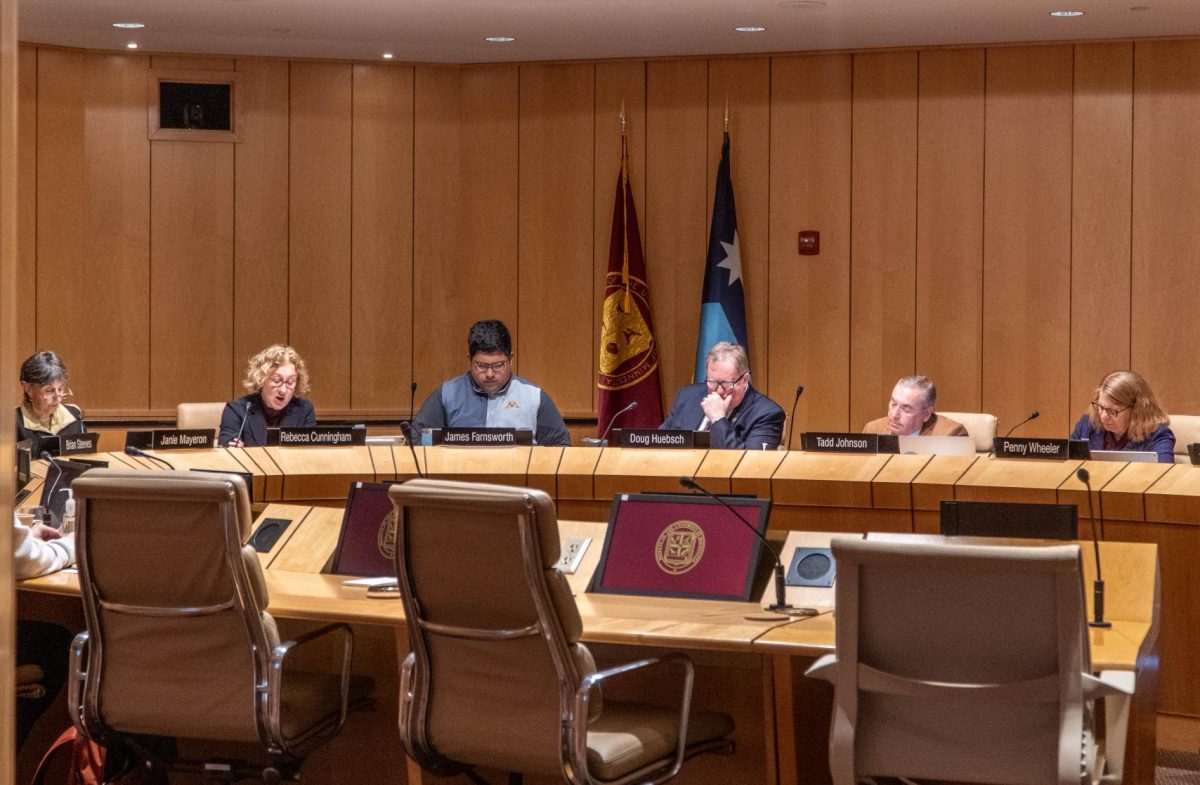
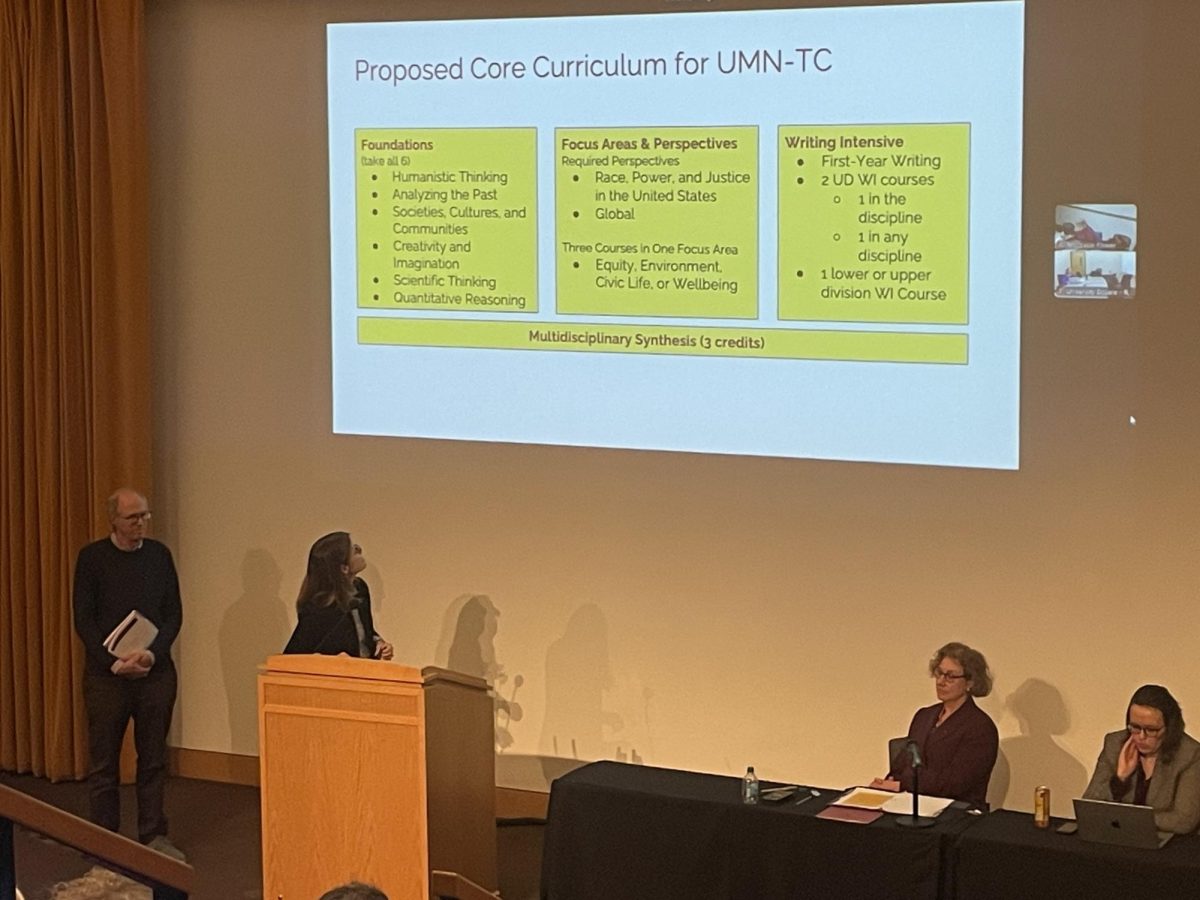

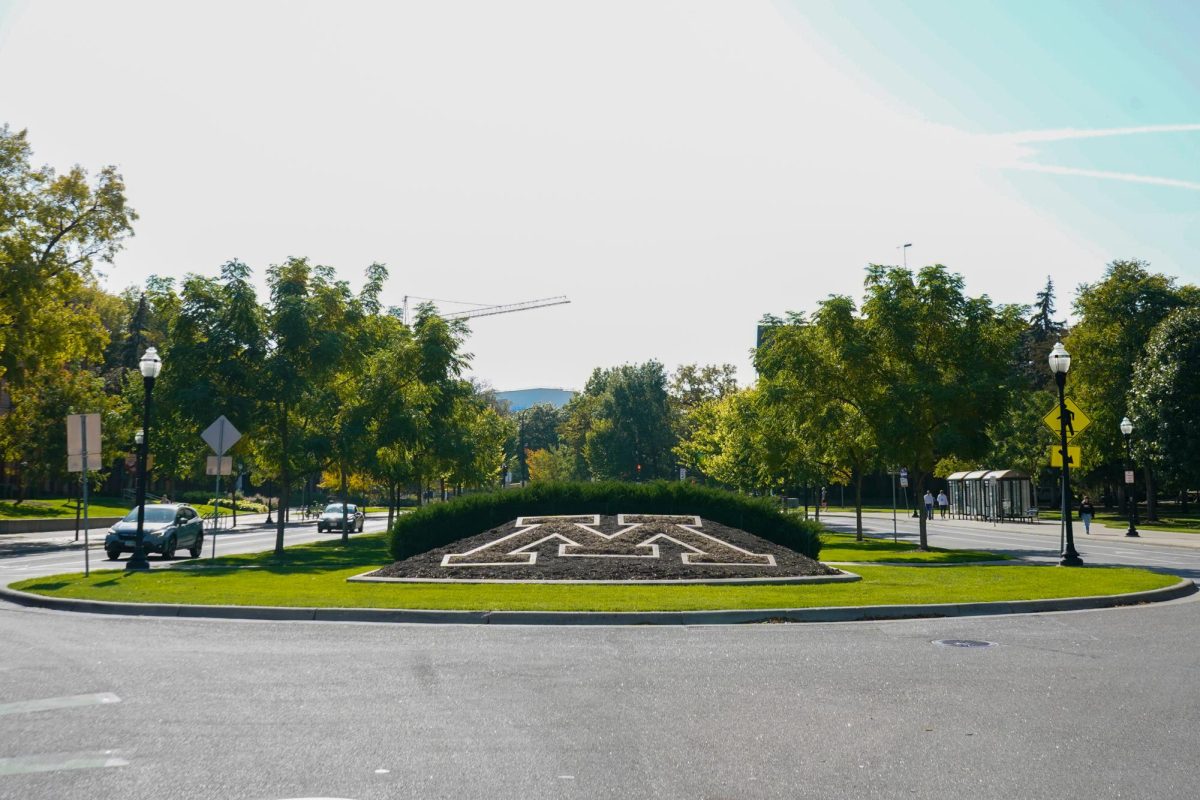
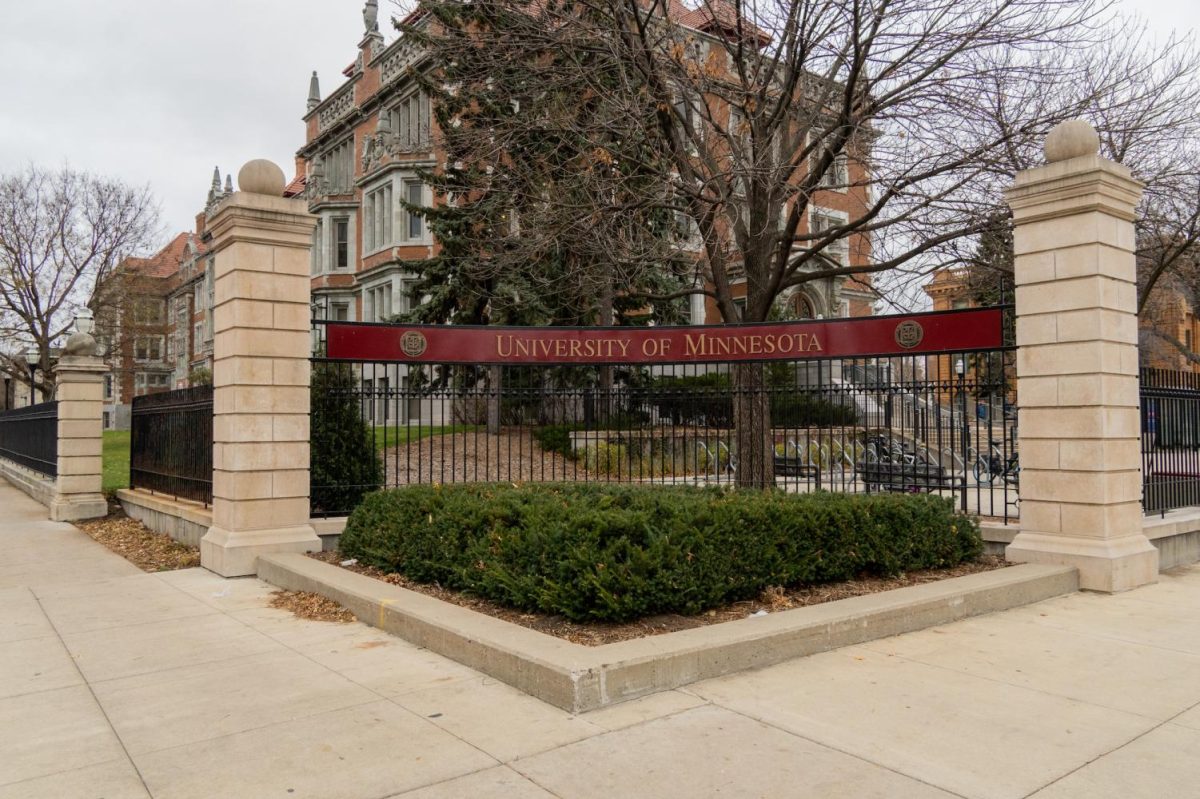
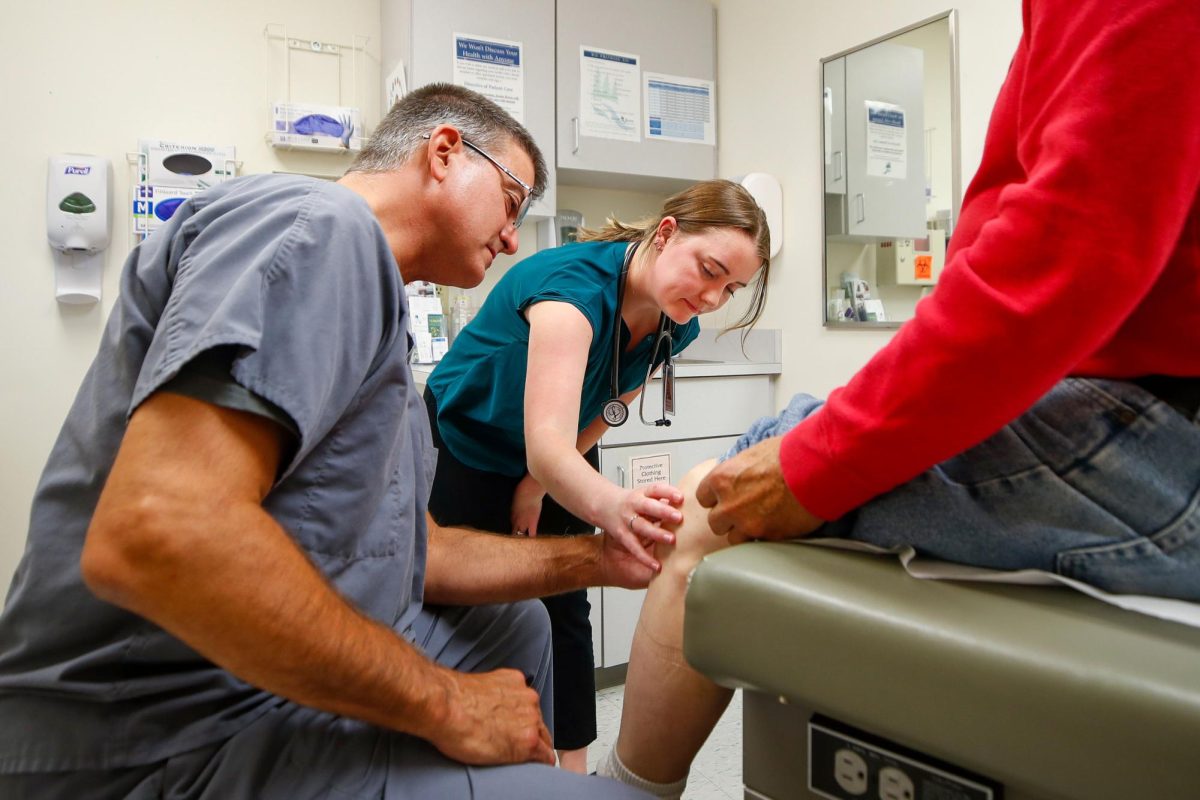
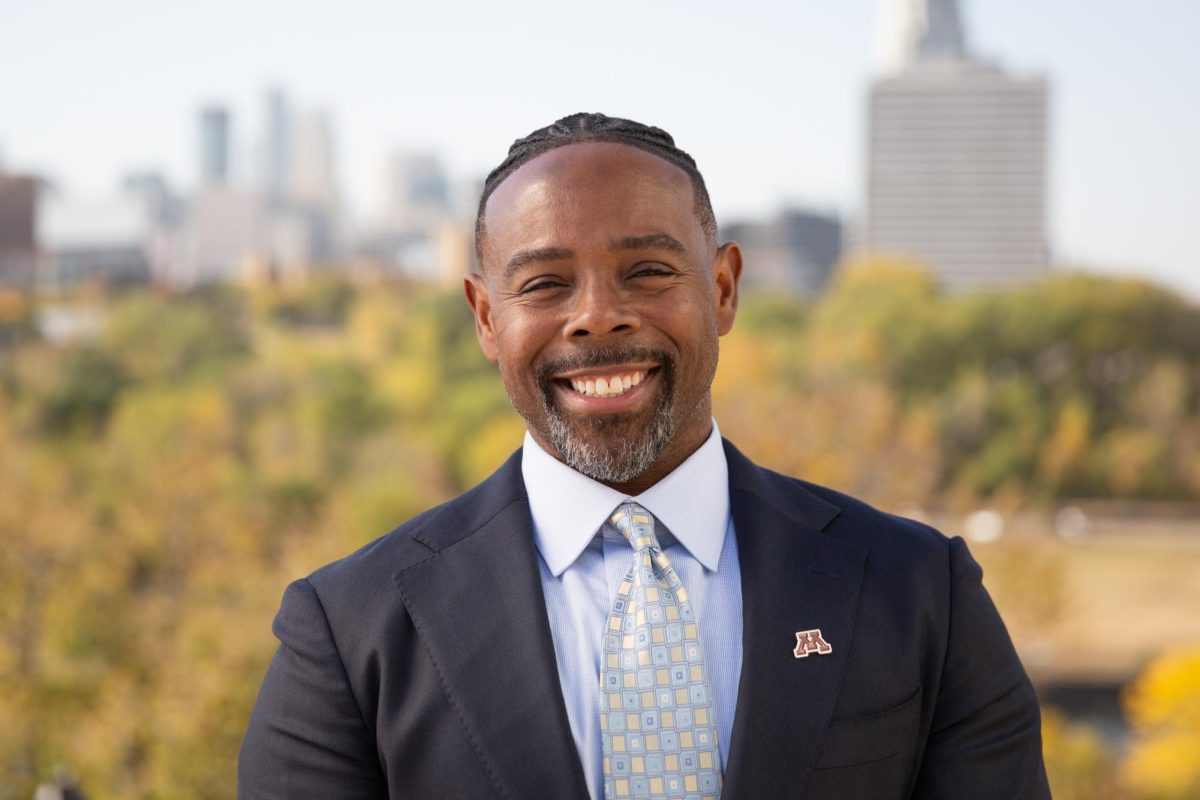
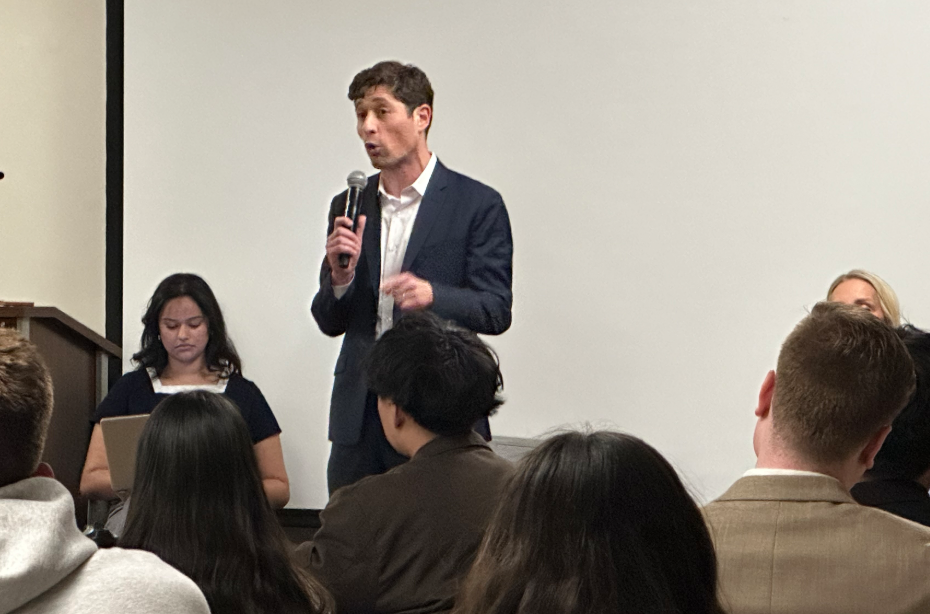

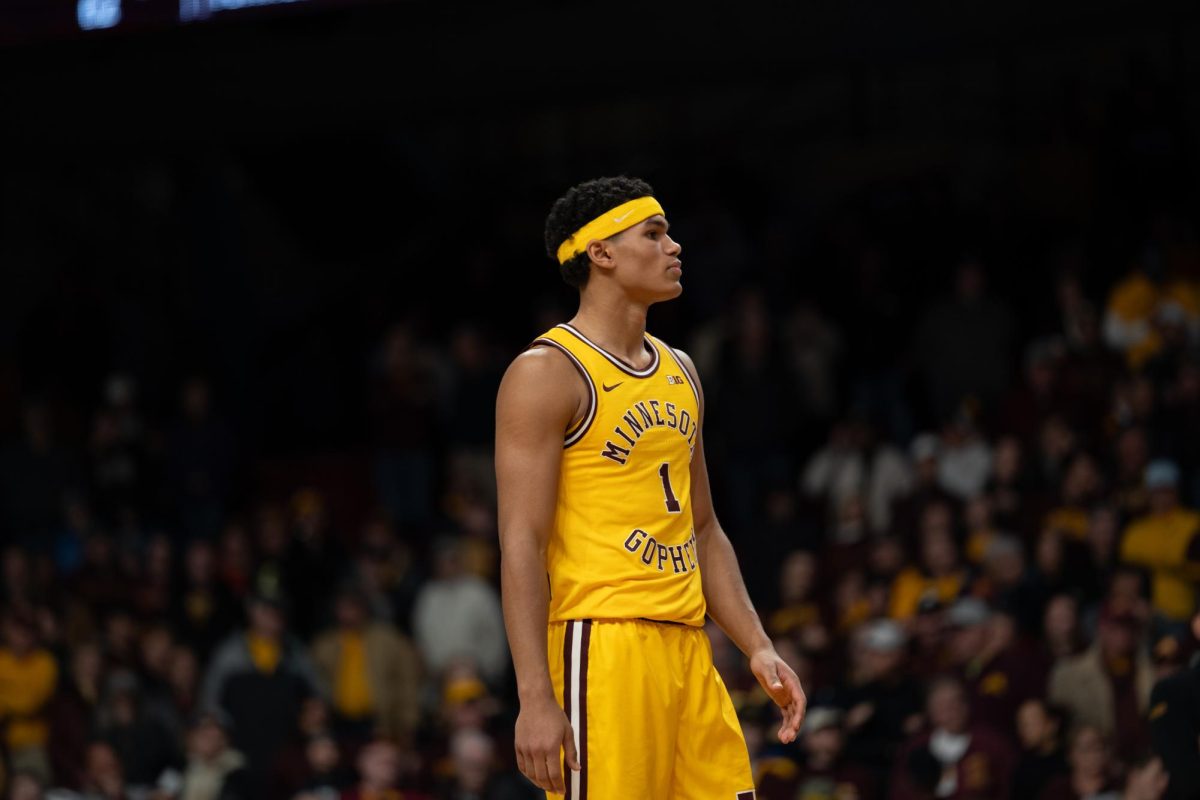

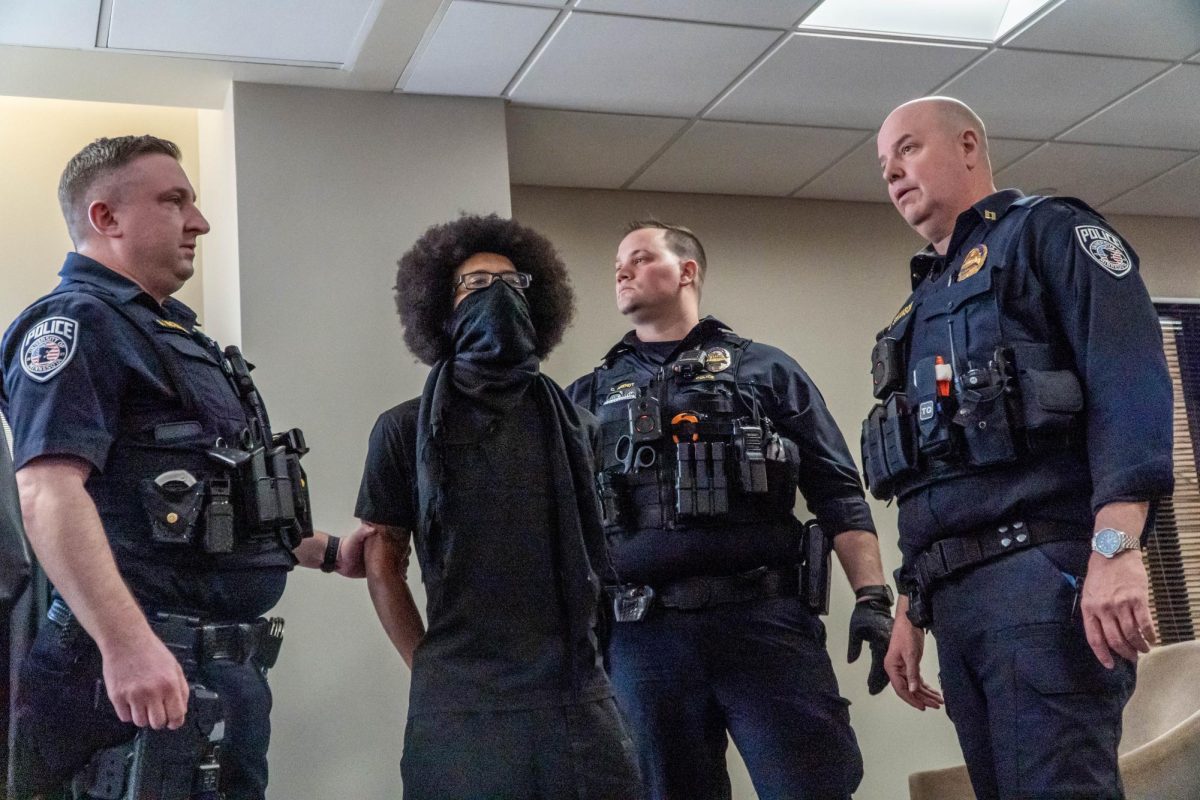
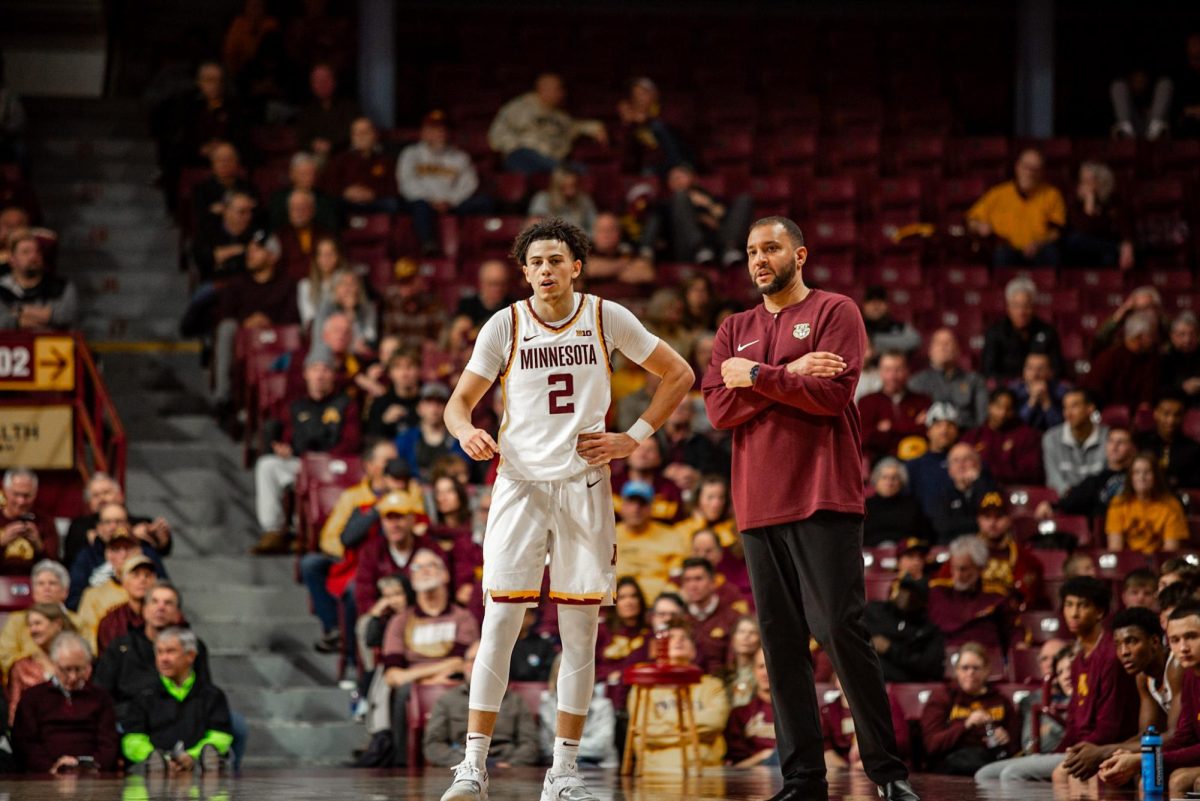
Flora
Aug 6, 2024 at 10:43 am
Thank you for covering this issue, Daily journalists. One thing left out of this article: the amount of time and energy search committee members spend on this work. Search committee members are not compensated for this extra work (members can put it down on their annual review and maybe get a little extra merit pay) and in many cases, search committee members are left embarrassed / disappointed by their choices. These reasons make it tough to find search committee members, thus delaying the entire process.
Woods Halley
Aug 1, 2024 at 9:40 pm
Having watched this process as a faculty member for many decades I found this article quite disappointing. The mechanics of the formal process are quite straightforward, but it orten ends up producing ‘leaders’ for reasons which are opaque to most of the faculty they are supposed to ‘lead’. For example in my college (CSE) we have had some excellent deans, but also one dean who began looking for another job the day he arrived and who departed involuntarily very quickly. Another dean was really an energetic leader but he had a vicious clash with the university president and was quite publicly fired. Then there was the one who spent his first year writing a ‘vision statement’ for the college, hardly any of which ever got implemented… Maybe our experience in CSE is not typical but i doubt it. The selection process is imperfect and produces both successes and failures. In my opinion that it might work better if more attention was paid to broad based faculty input from the affected unit. One of the problems is to determine as clearly as possible what the goals of the ‘leader’ should be: Is it to increase enrollment and tuirtion income, to improve national and internatiaional academic ranking, to raise more research funds (and thus a larger ‘indirect cost’ budget much of which is available to the dean to use quire freely), is it to increase ‘diversity, equity, and inclusion’, is it to serve a sector of the state economy (eg agriculture or mining) etc,.etc. The answers will vary from college to college and from year to year and they are often not stated very clearly and openly.
In sum, more faculty involvement and clearer statement and discussion of goals before a search begins might lead to better results withour compromising the privacy required to avoid scaring off good candidates during the selection process.
Finally it is a disappointment to me that there is so little emphasis or even mention in these discusions of ‘leadership’. of the high ideals, held by thousands of academics over centuries
in hundreds of instituitions since the enlightment and before throughout the world. Those ideals refer to the search for the truth about the numan condition in communites, states and on the planet in the universe. , The larger university mission is the discovery, retention and sharing of the best available accumulated knowledge about that. How many of our ‘leaders’ are interested in that and how many are shallow careerists mainly interested in salary and the next step ‘up’ the academic career ladder?
Jesse B
Jul 31, 2024 at 3:30 pm
Thank you for this article, particularly the search process outline. It’s critical to recognize that the ‘quiet phase’ truly is quiet for the general public, but this doesn’t imply an absence of work/progress behind the scenes. You often get panic that multiple weeks of no news means bad news. In fact, this delay may be a product of having a great candidate pool to interview and vet. It just can’t be shared with the public.
John Finnegan
Jul 31, 2024 at 11:24 am
In the first search to replace Finnegan, there actually was a “world-class” candidate from the University of North Carolina-Chapel Hill, the oldest and highest rated public university school of public health in the US. However, Minnesota was unable to make the appropriate financial investment in the SPH to attract her. That is why the first search failed. Fortunately, circumstances changed in the second search, and a better investment was made to attract a leader as distinguished as Dean Pettigrew.